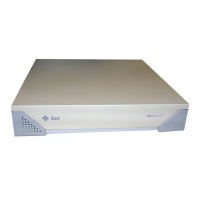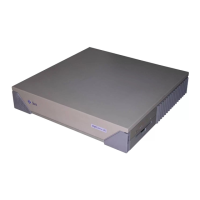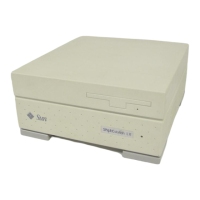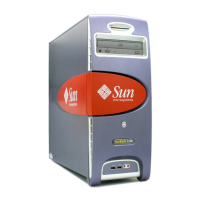6-2 SPARCstation 5 Model 110 Service Manual • November 1996
2. Return to the operating system environment.
If you are in a windowing environment, exit from it and wait for the system prompt
to appear. See the documentation supplied with your windowing system.
3. Halt the operating system.
See the documentation supplied with your operating system for instructions on how
to halt it.
a. For Solaris 2.x (SunOS 5.x) systems, type:
b. For Solaris 1.x (SunOS 4.x) systems, type:
The operating system warns other users of your system of the impending
shutdown, and then halts itself after a one-minute delay. If you wish to provide a
longer delay, see the man page for shutdown(1).
The system responds with system halt messages followed by an ok prompt. When
the ok prompt appears, you can safely turn off the power in the proper sequence.
c. When the ok prompt appears, turn off the power to the system components in
this order:
1. External drive units (if you have any)
2. System unit
3. Monitor
6.1.2 When the System Does Not Respond Normally
To halt a system that is hung, or frozen, and unresponsive to commands:
1. If your system is on a network, wait a few minutes before proceeding.
Your system’s slow response may be due to network problems or delays. Check with
the person in charge of your network. If the response is not due to the network, go
to the next step.
% su
Password: superuser password
# /usr/sbin/shutdown -y -g60 -i0
% su
Password: superuser password
# /usr/etc/shutdown -h +1

